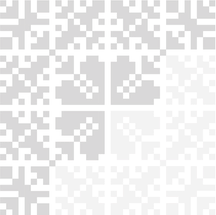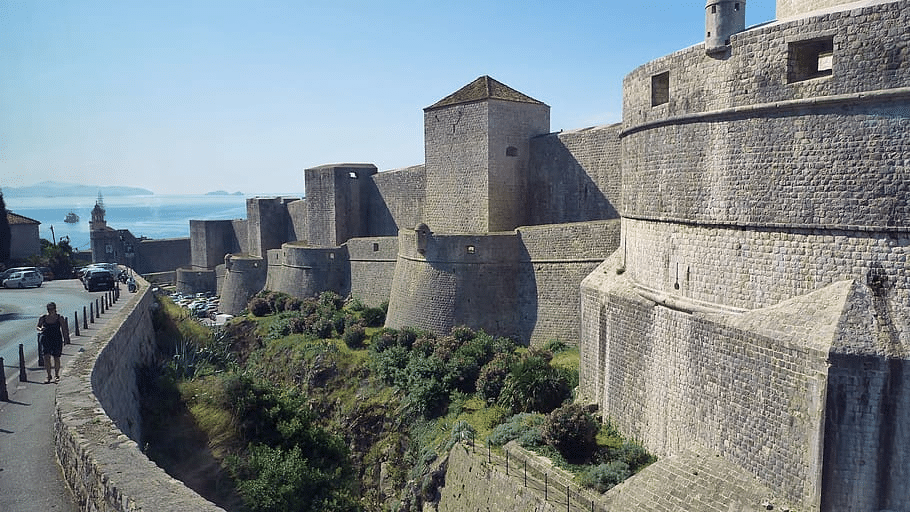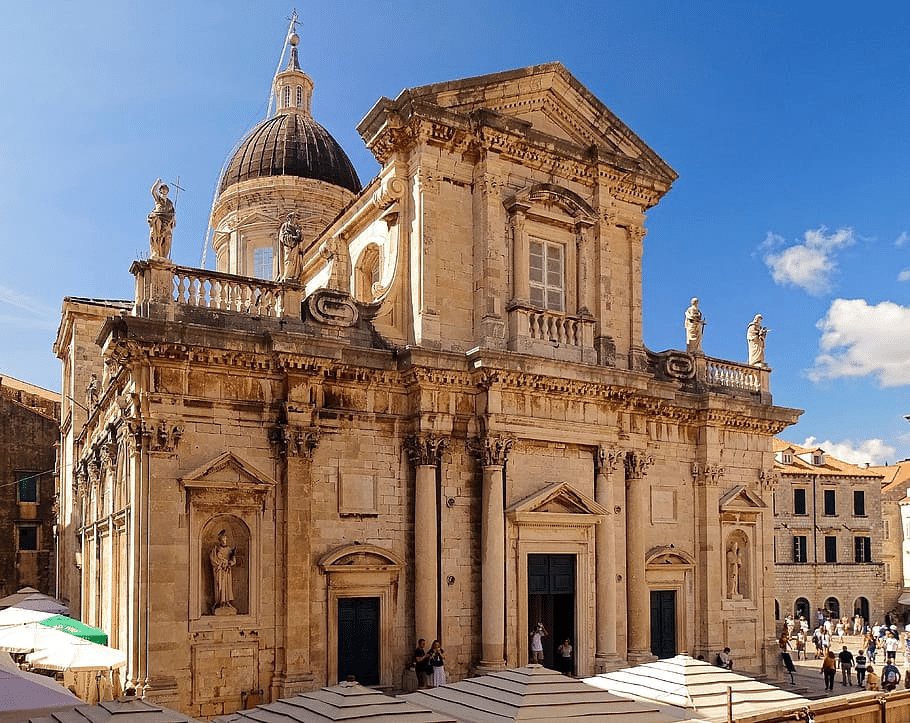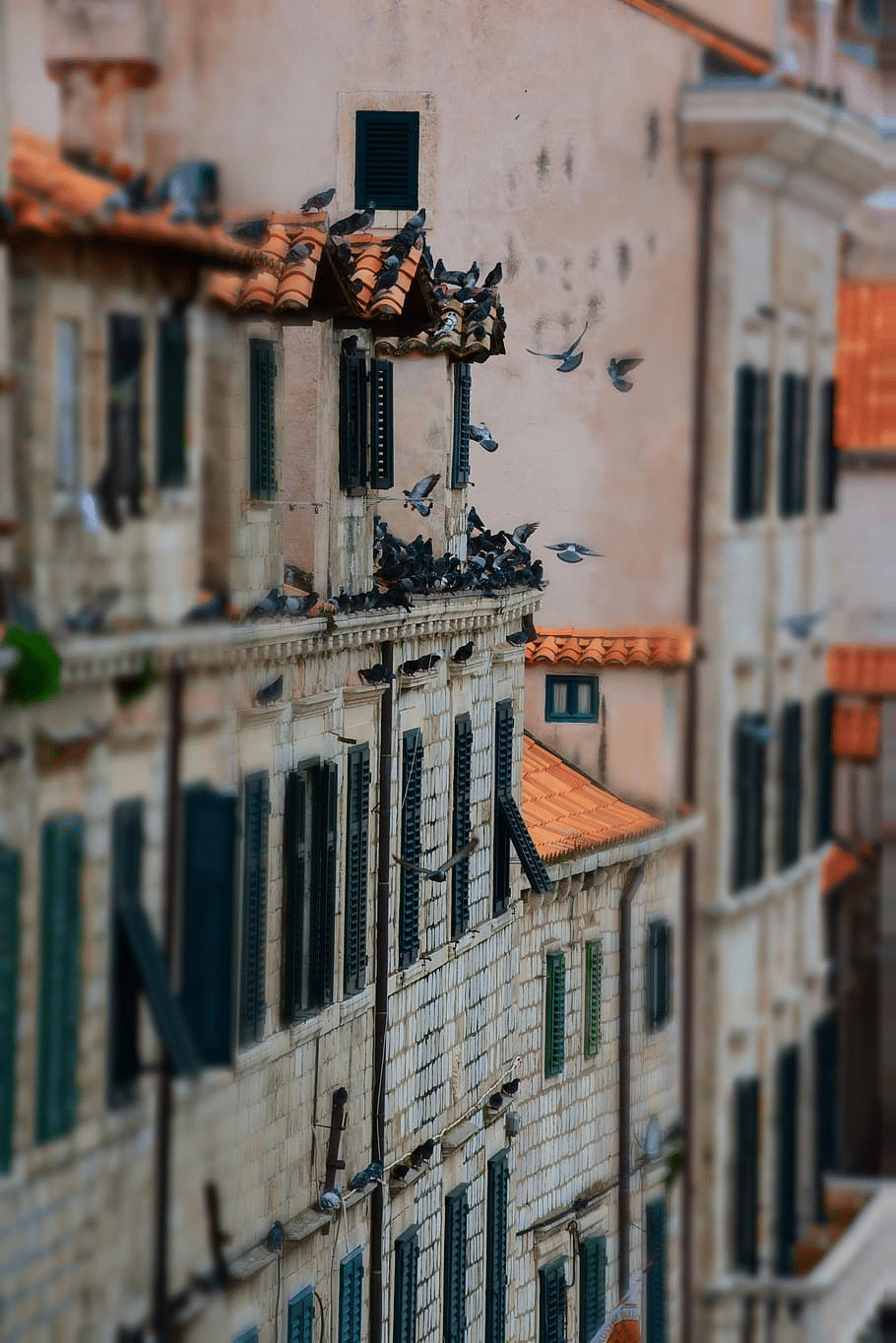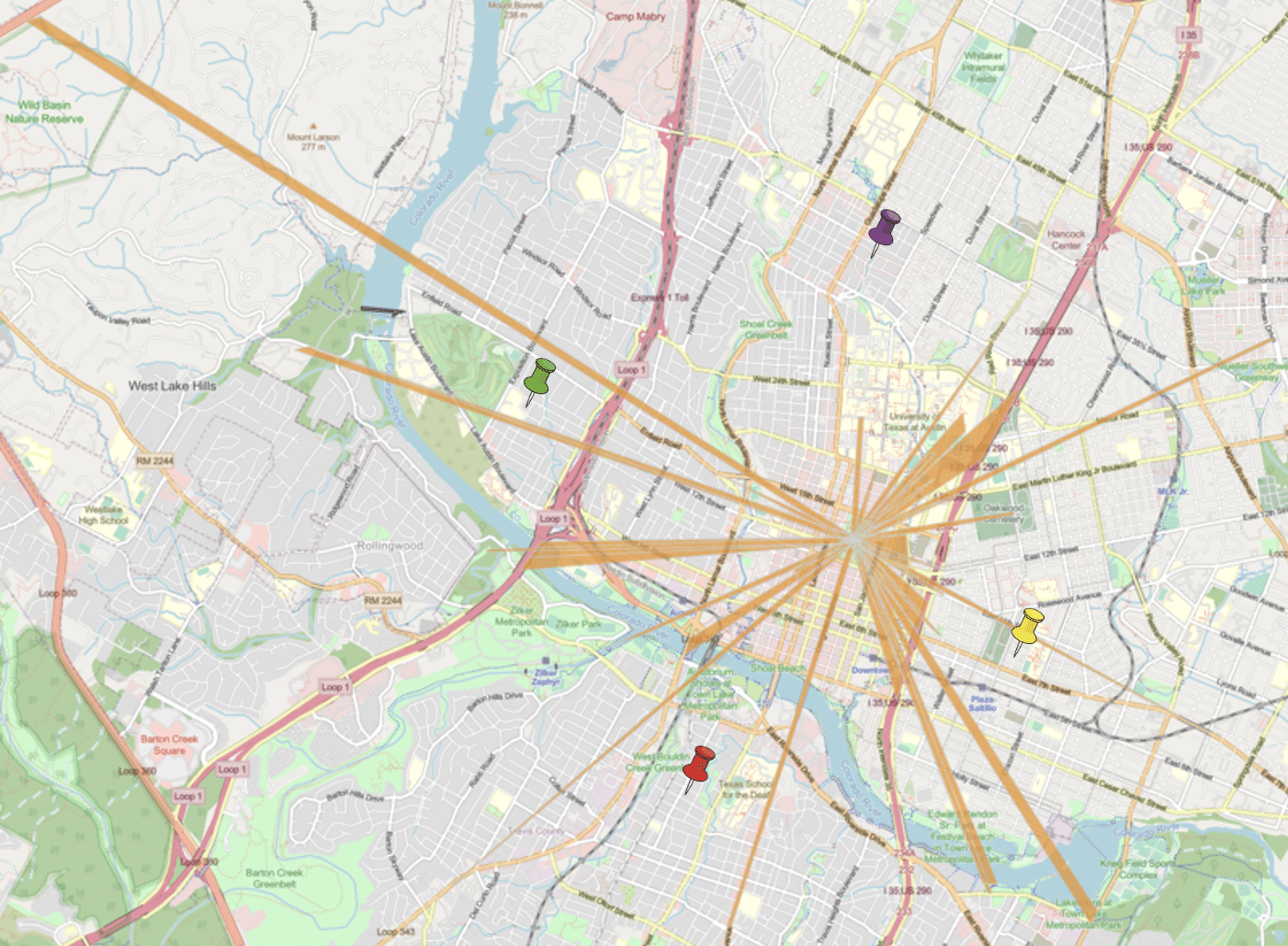C10 M1 L3 Vocabulary
10 | Modul 1: Vokabular
Budimo zajedno!
10 | 1 | Lekcija 3: Planovi za Dubrovnik
| Difference between the noun ZID and ZIDINA
Dubrovačke zidine | Kineski zid |
While in English the two nouns will be translated as a wall, in Croatian there is a difference between the two nouns: zid and zidina.
The noun zid refers to a wall (a wall of the house, for example). | |
The noun zidina refers to (ancient/large) ruins. This can be the remains of an ancient city or a fortress for example. |
In the case of Dubrovnik, we are using the noun zidine because we are referring to the remains of an old city structure that was preserved to this day. The noun zidina will most likely be used in its plural form (zidine) as we are referring to a multiple remaining walls.
zid / zidovi | Ovo ljeto idem u Kinu. Želim posjetiti Kineski zid. This summer I'm going to China. I want to visit the Great Wall of China. |
zidina / zidine | Moja omiljena serija je Igre prijestolja. Ovo ljeto idem u Dubrovnik i planiram prošetati po Dubrovačkim zidinama. My favorite TV show is Game of Thrones. This summer I'm going to Dubrovnik and I plan to walk around the Walls of Dubrovnik. |
| Old City of Dubrovnik
When we talk about Dubrovnik and what to visit there, we usually always have in mind the attractions situated within the walls of Dubrovnik. The best way to express the locality is to refer to it as an old city. In Croatian you can use the expression stari grad (old city) or stara jezgra (lit. the old center).
Old City of Dubrovnik
“The 'Pearl of the Adriatic', situated on the Dalmatian coast, became an important Mediterranean sea power from the 13th century onwards. Although severely damaged by an earthquake in 1667, Dubrovnik managed to preserve its beautiful Gothic, Renaissance and Baroque churches, monasteries, palaces and fountains. Damaged again in the 1990s by armed conflict, it is now the focus of a major restoration programme co-ordinated by UNESCO.” Source: UNESCO
stari grad | Mislim da je najbolje da tražimo smještaj izvan staroga grada. I think it is best to look for accommodation outside of the old city. |
stara jezgra | Želim biti blizu stare jezgre. Ne moramo ići taksijem, možemo prošetati. I want to be close to the old city. We don't need to take a taxi; we can simply walk. |
| Where to Live?
In this lesson we learned where James lived in Austin before he moved to Split. Let's read more about his thoughts on where to live when he goes back to Austin.
sjeverno od | Ne želim živjeti sjeverno od centra grada. Ne sviđa mi se taj dio grada, iako ima dosta sadržaja. | |
južno od | Živio sam južno od centra grada. Bio sam blizu rijeke i često sam išao šetati uz rijeku. | |
istočno od | Možda mogu živjeti istočno od centra grada. To je sada popularni dio grada, ali nažalost i skup. | |
zapadno od | Ne želim živjeti zapadno od centra grada. Lijepo je tamo, ali je skupo. |
Images used in this document are from these sources.


